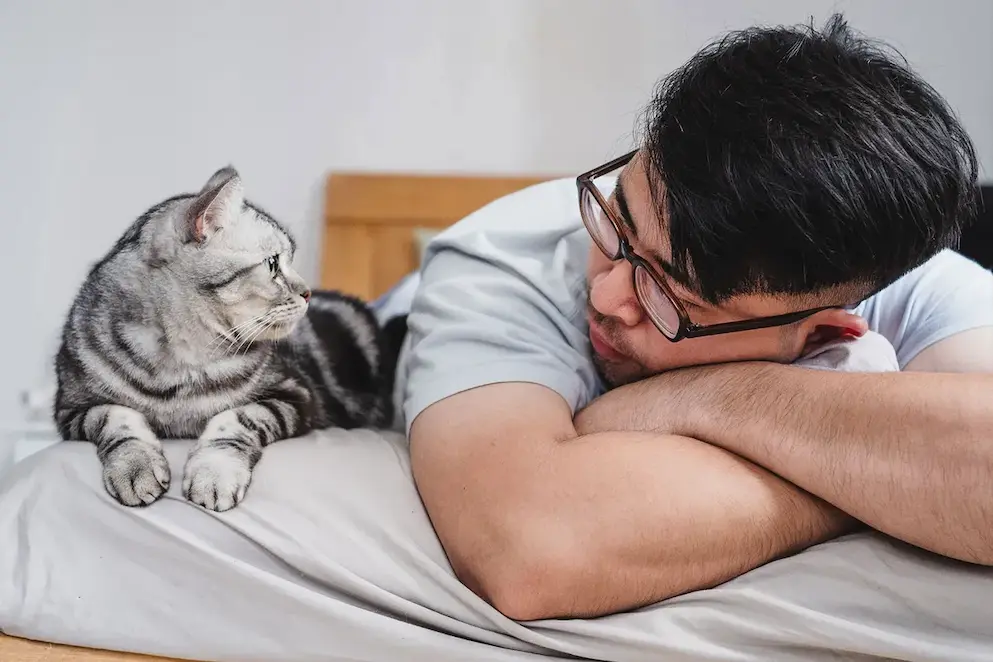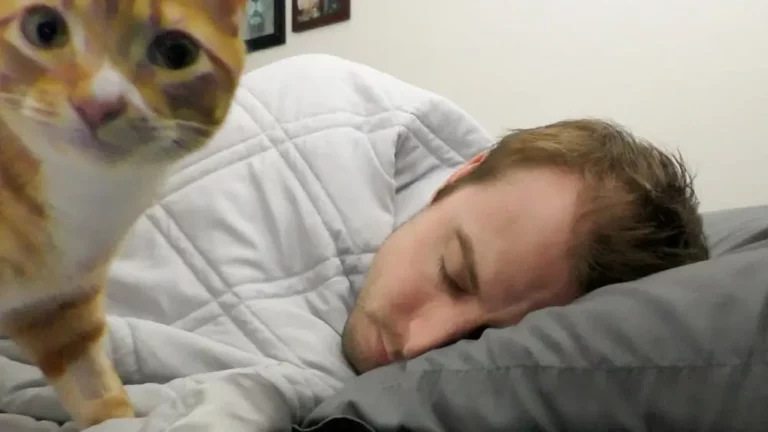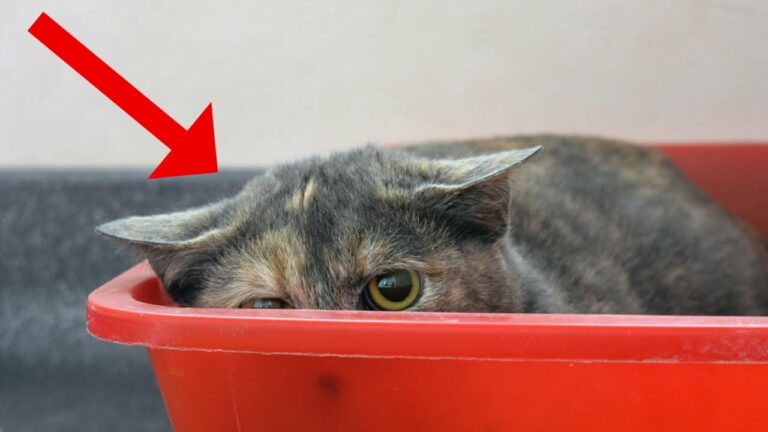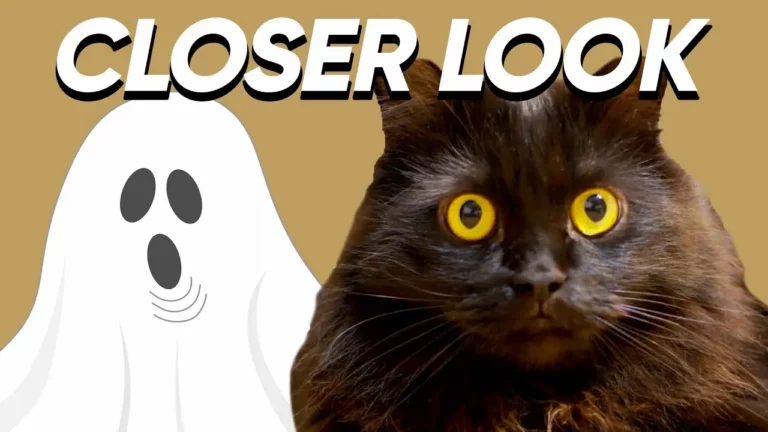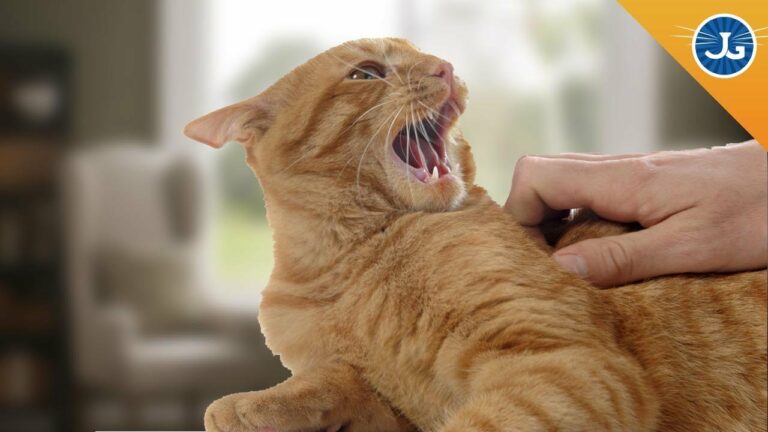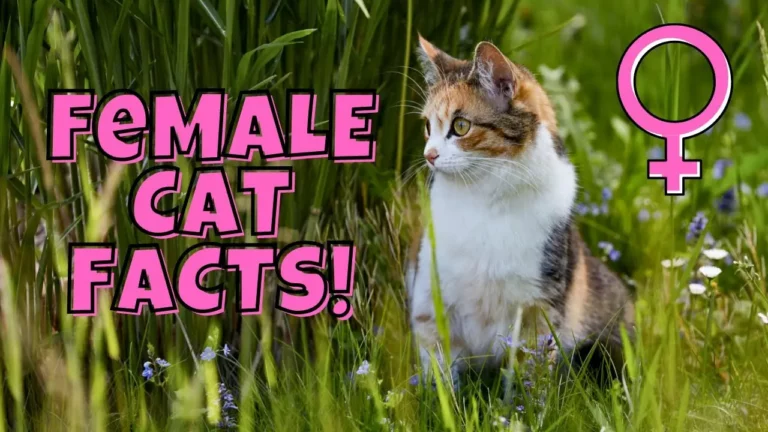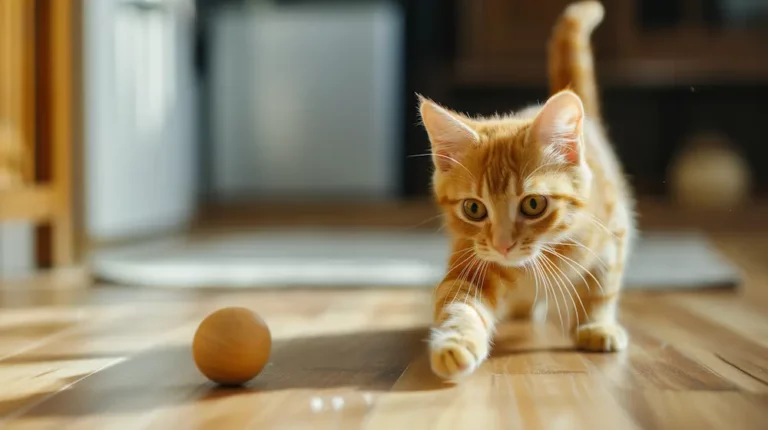What Cats Think Of Humans: How To Understand Their Thoughts, Emotions & Expressions
Have you ever caught your
Our felines’ sweet, pondering expressions spark curiosity about their inner thoughts, especially about their human companions.
Surprisingly, research suggests that cats might view their owners as larger, albeit somewhat peculiar, members of their feline family.
This revelation opens up a fascinating window into the feline mind and how they perceive their human counterparts.
In this guide, I’ll jump into what cats think about humans, discovering how cats attempt to communicate and exert influence over us, making our bond even more special.
Understanding Feline Thoughts & Emotions
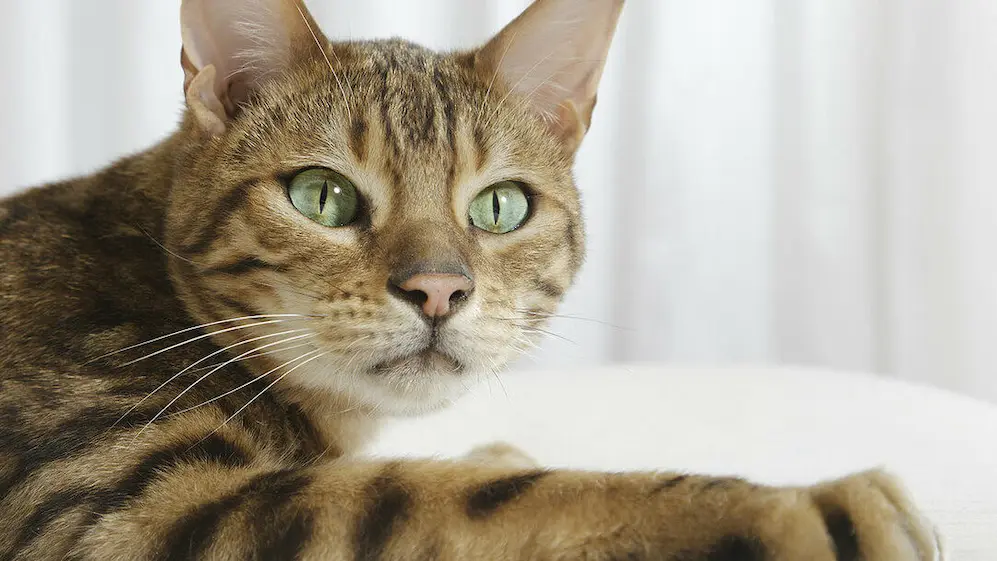
Understanding how cats think is not just about satisfying curiosity—it can fundamentally improve the bond you share with your four-legged companion.
Cats, much like humans, have a wide range of emotions. They experience joy, sadness, anxiety, annoyance, and even fear.
The way a
So, if you’ve consistently shown kindness and understanding, it’s likely your
Also, cats are adept at reading human body language and moods.
Their sensitivity is so acute they can even sense when we’re clinically depressed.
This ability to “tune in” to our emotional state means that cats can offer comfort during tough times, seemingly knowing when we need their support the most.
Here’s a practical tip: to better understand your
Do they come to snuggle when you’re feeling down? Or perhaps they give you space when you’re bustling about the house, busy with chores?
These behaviors are clues to how well attuned they are to your emotional state.
Another fascinating aspect of
When faced with a challenge, cats often look to humans and mimic our body language or wait for us to provide a solution.
This indicates that they not only see us as part of their social group but also as leaders who can guide and protect them.
What Do Cats Think When They See Humans?
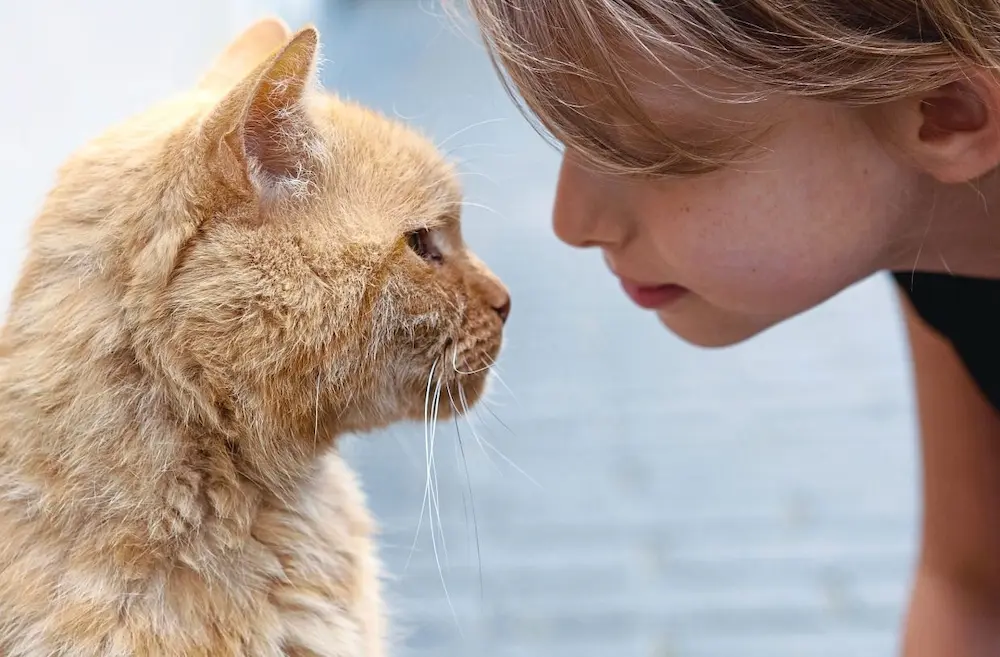
When I observe my
But, the mystery of what exactly goes on in those furry heads when they look at us has always intrigued many.
Let’s jump into unraveling what our cats think when they see us.
Cats See Us As Other Cats
One fascinating perspective is that cats perceive us not as humans, but as oversized fellow cats.
This theory is far from baseless.
Just think about how your
But, it’s essential to understand that cats’ social cues are vastly different from ours.
For example, when a
Hence, mimicking this behavior can help communicate your love and trust in a language they understand.
I’ve found that by consciously adopting some
Cats See Us As We’re Parent-Like Figures
On the other side of the spectrum, experts, including certified feline behavioral specialists, suggest that cats understand we are not actually cats.
They argue that cats see us more as parent-like figures.
They depend on us for safety, security, and sustenance, which closely mirrors the relationship between a kitten and its mother.
This parental view can explain a lot.
For example, when your
Similarly, when in distress or unfamiliar territory, they’ll often look to you for guidance and reassurance.
So, whether our cats see us as oversized cats or parent figures, the bottom line remains that our felines form deep social attachments to us.
What Do Cats Think About Throughout The Day?
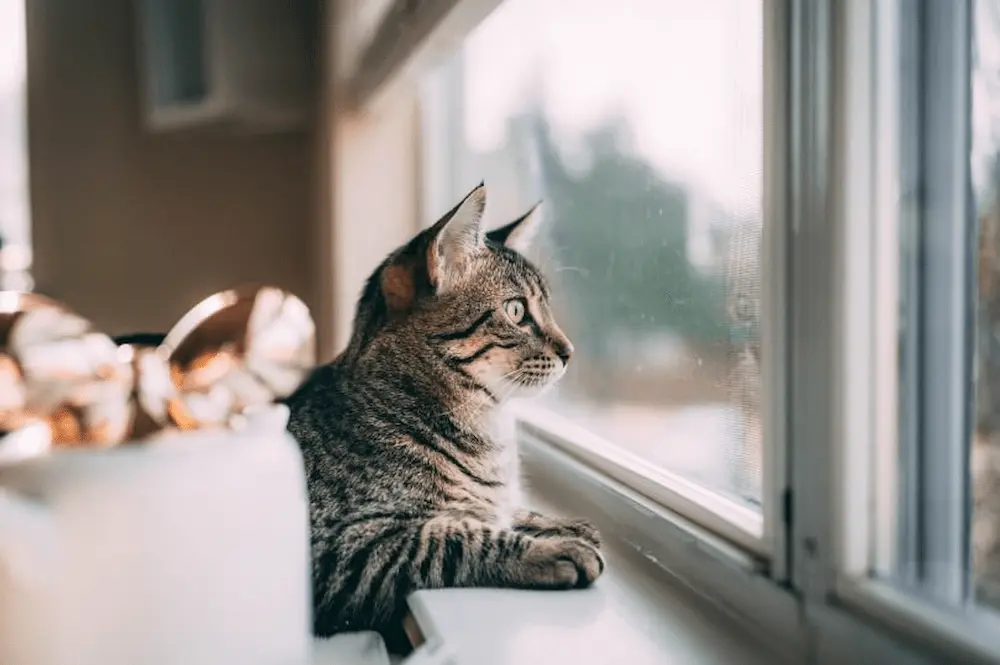
As a long-time
It’s no secret that cats possess a world of their own, filled with complex thoughts and emotions, especially about their daily concerns.
To give you a clearer picture, let’s break down their thought process into three main categories; read more about them below.
Food
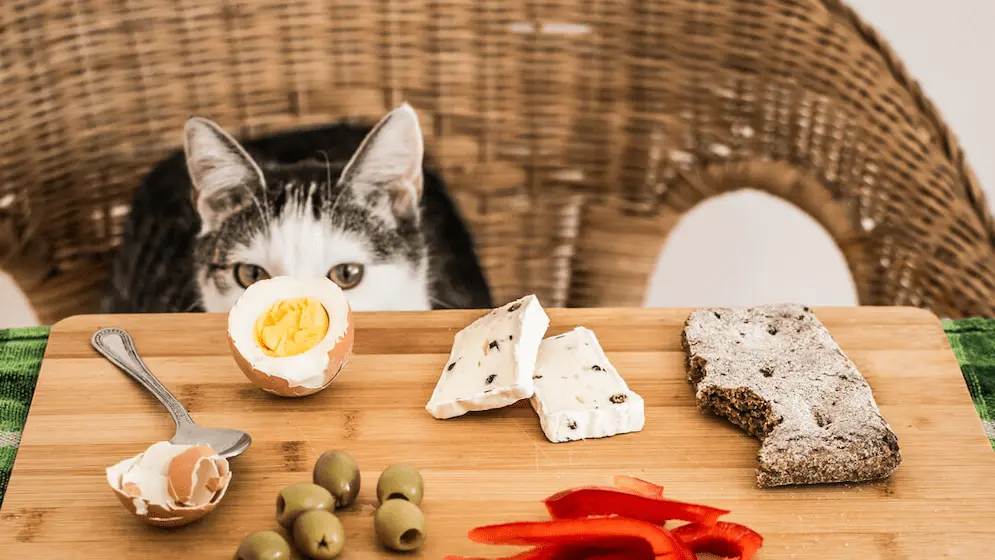
When it comes to food, cats are undeniably focused.
Their day often revolves around when and how they’re going to get their next meal – remember cats are hunters at heart.
Even the laziest house
Hence, sourcing food is a paramount concern.
For instance, you might notice your
This behavior is not just about hunger; it’s a deeply ingrained instinct.
To cater to this, I always make sure to keep meal times consistent.
Feeding your
Humans
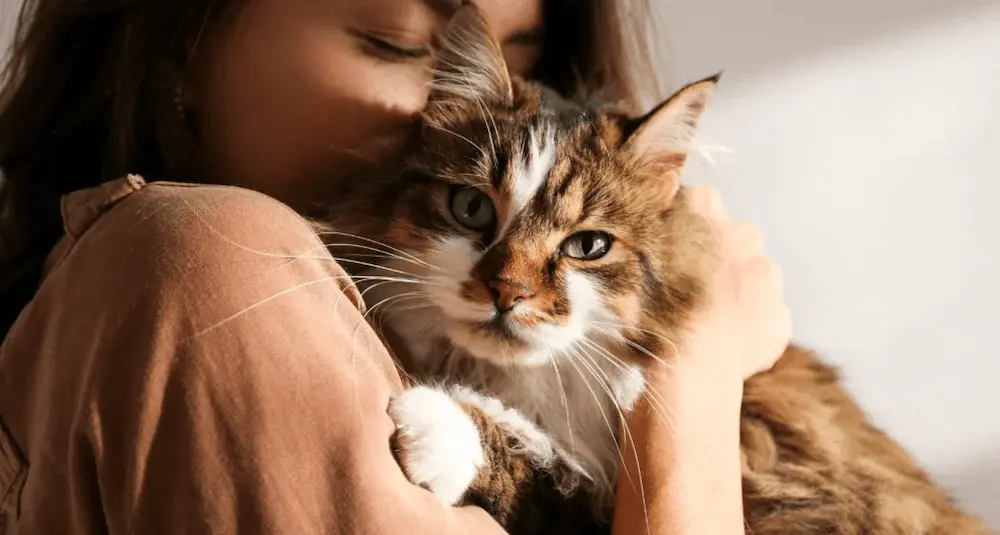
Cats also often think about their human companions.
They recognize us as their caregivers; they look to us for safety, security, and yes, food.
But they also pick up on our emotional states.
Though they might not understand the nuances of human emotions, they’re sensitive to changes in our behavior or routine, which can affect their own emotional well-being.
Fostering a bond with a
Simple gestures, like speaking softly or allowing them to approach you on their terms, will tell your cat you love them and reinforce their trust and affection towards you.
Emotions
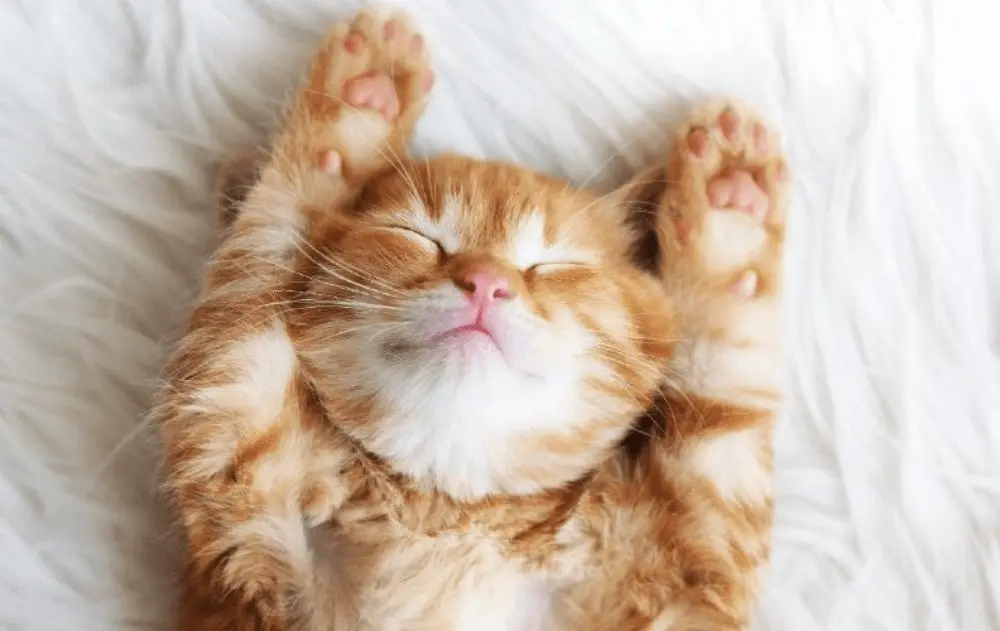
Speaking of emotions, it’s pivotal to grasp that cats are far more emotionally sophisticated than we might give them credit for.
They experience a wide range of feelings, from happiness and sadness to stress, and even fear.
Hence, it’s crucial to be attuned to their emotional needs.
For example, a common mistake many of us make is misinterpreting a
In reality, like humans, cats require downtime to process their emotions and recharge.
Creating a safe and nurturing environment plays a significant role in catering to their emotional health.
This includes establishing quiet, cozy spots for them to retreat, using calming pheromone products if necessary, and maintaining a stable routine that minimizes stress and surprises.
Recognizing the signs of stress or discomfort in cats, such as hiding more often than usual or changes in eating patterns, allows us to address their concerns promptly, ensuring their emotional well-being is looked after.
As we continue to live and grow alongside cats, it becomes increasingly clear that understanding the nuances of what cats think about throughout the day enriches our cohabitation.
Do Cats Recognize Our Emotional Expressions?
Understanding how our felines perceive us can often feel like trying to solve a puzzle with half the pieces missing.
Let’s investigate the feline perception of human emotions and decode how cats interpret human social cues and expressions.
Feline Perception Of Human Social Cues
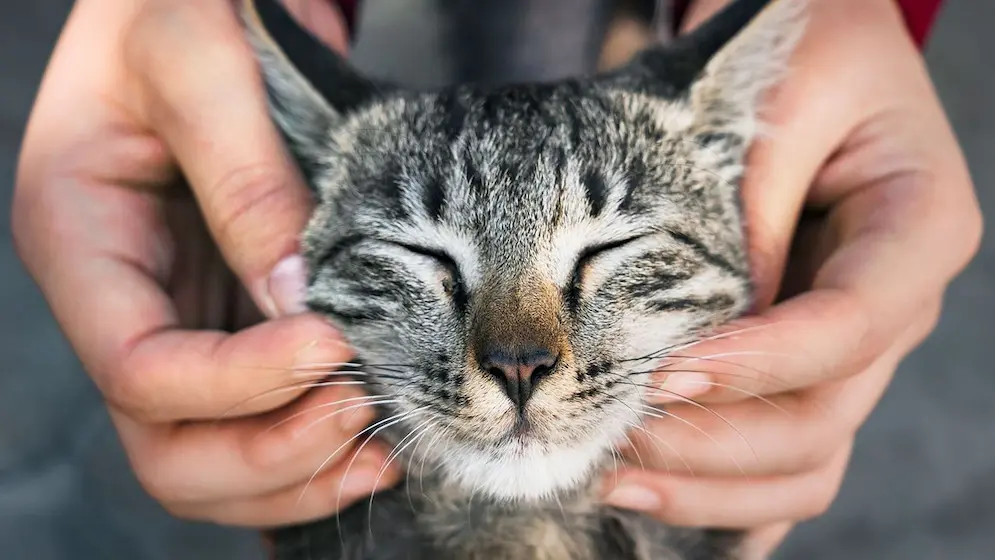
The feline perception of human emotion is largely influenced by their natural instincts and environmental learning.
For instance, a
This suggests that your feline can, to some extent, decipher how you’re feeling based on your physical cues.
One significant way cats engage with our emotions is through eye contact, especially the iconic slow blink, which many
If you’ve ever shared this blink with your
It’s akin to a feline smile, offering a simple and effective way to communicate calm and affection.
But, it’s crucial to understand that cats are more likely to be influenced by our emotional consistency rather than the complexity of human expressions.
These animals thrive on predictability.
Hence, maintaining a consistent routine and a stable emotional environment can significantly bolster the bond between you and your
By doing so, you become a reliable source of comfort and security in your
Consider the scenario when you come home feeling stressed after a long day at work. While your
Changes in our scent, whether due to emotions or physical changes, can signal to our cats that something is different.
A calm and consistent approach when interacting with your
Feline Facial Expression and Body Language
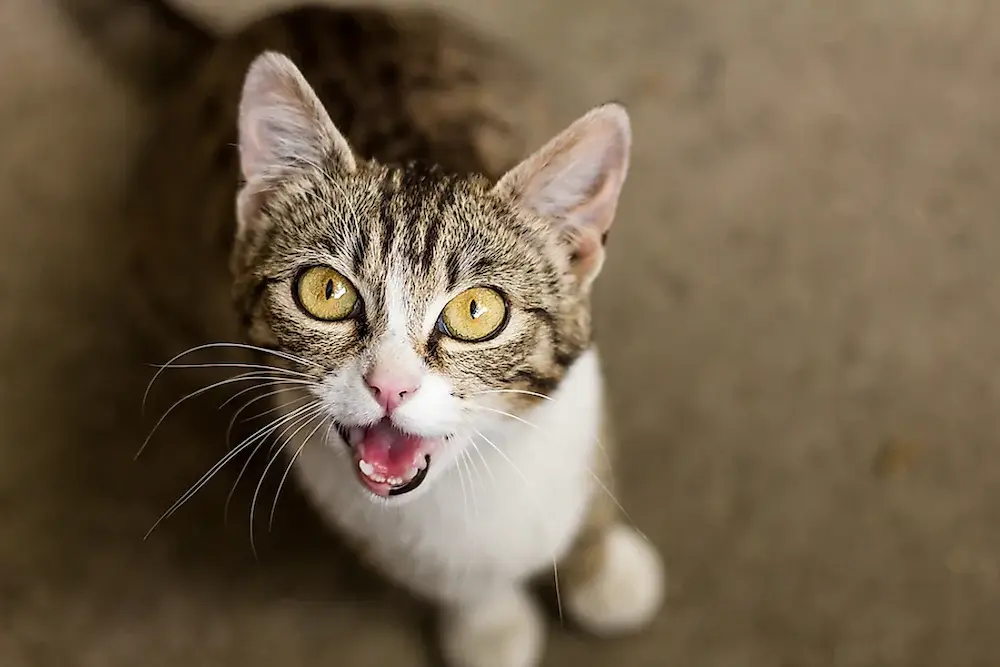
When trying to understand what cats think of us, it’s crucial to interpret their facial expressions and body language.
These cues can reveal a lot about a
Hence, becoming fluent in the language of feline expressions is not just fascinating; it’s essential for strengthening the bond between cats and their owners.
Cats communicate in subtle ways, often through body postures and facial expressions that can be missed if you’re not paying attention.
For example, a slow blink from a
If you slowly blink at your
Besides, cats have a distinctive way of holding their tails, ears, and even the positioning of their whiskers that can indicate their mood.
A tail straight up signifies confidence, while flattened ears can mean fear or aggression.
But it’s not just about understanding these signals; it’s also about responding to them appropriately.
If your
Conversely, a
Also, cats often mirror our own emotions and behaviors.
If I’m calm and approachable, my
This dynamic adds another layer to our interactions, highlighting the importance of being mindful of our own body language and emotional state around our feline friends.
Tips for Strengthening The Bond Between You & Your Cat
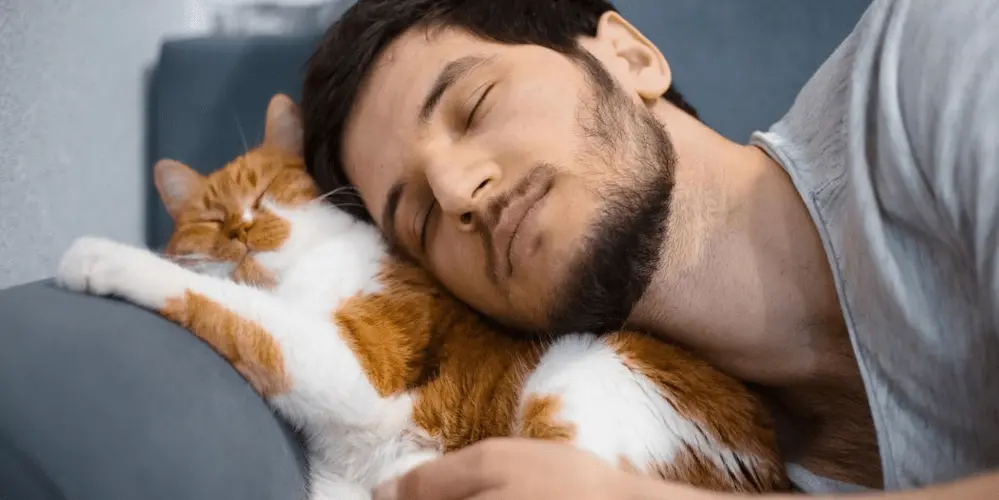
Learning more about a
Caring for your cat’s needs, respecting their independence, and providing them love is the perfect blend to foster a trusting and loving relationship.
Here’s a list of tips you can apply to strengthen your bond:
- Consistency is key: Maintain regular feeding, play, and grooming sessions to reinforce your role as their caregiver.
- Provide a safe space: Just like any good pet owner, ensure you provide a comfortable and secure cat enclosure where your feline can retreat when feeling overwhelmed.
- Learn their language: Pay attention to your
cat ’s body language and vocalizations. This understanding can prevent misunderstandings and promote a harmonious living situation. - Dedicate time for interaction: Engage in daily play activities or quiet cuddle times to strengthen your bond.
- Be the provider: Rotate responsibilities like feeding and grooming among family members to allow the
cat to associate positive experiences with everyone. - Be patient: Remember, building a relationship takes time. Don’t force interactions. Let the
cat come to you.
Following these tips will allow you to get to know each other better and have a more harmonious coexistence with your feline.
FAQ – Frequently Asked Questions
How Do Cats Show Emotions?
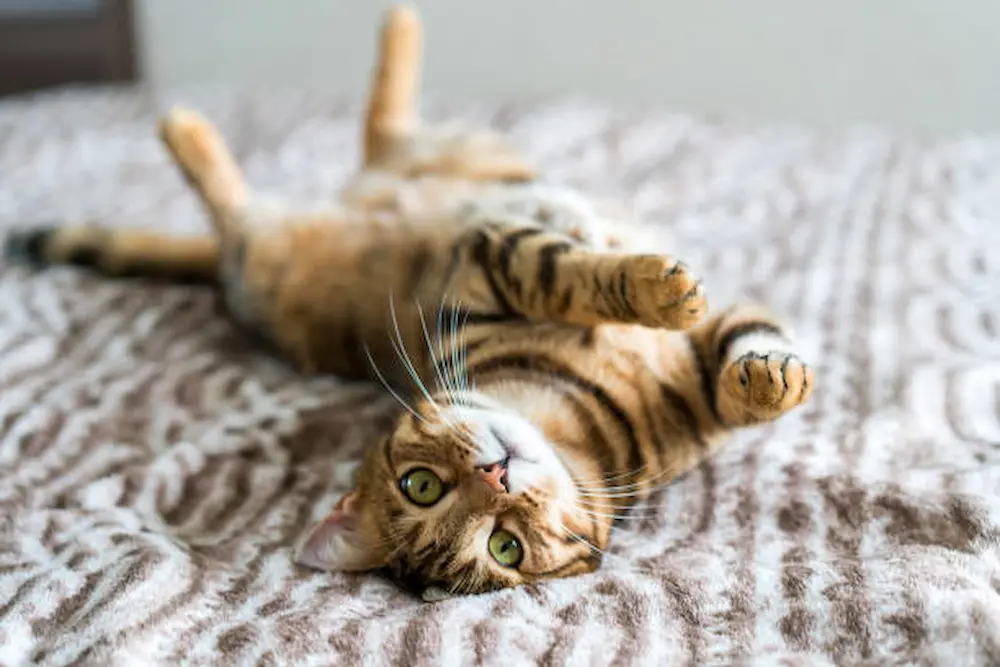
Cats, mysterious and often misinterpreted, have their own unique way of expressing emotions.
Unlike dogs, which may wag their tails or lick your face to show affection, cats rely on more subtle cues.
Hence, understanding these signals can significantly enhance the human-cat relationship.
Let me guide you through recognizing and interpreting your feline’s emotional expressions.
When your
It’s like whispering sweet nothings in their language.
A
A tail held high usually signifies confidence and contentment. On the other hand, a tucked tail indicates fear or submission.
When a
Another tool in the feline emotional toolbox is the ear position.
Forward-facing ears signal alertness and interest, while ears flat back suggest fear or aggression.
It’s crucial to pay attention to these signs, as they can help you understand your
Cats also have a vocal way of expressing emotions.
A soft purr often means your
Recognizing these sounds will enable you to respond appropriately to your
Will A Cat Treat One Human Member Of The Household Differently? Why?
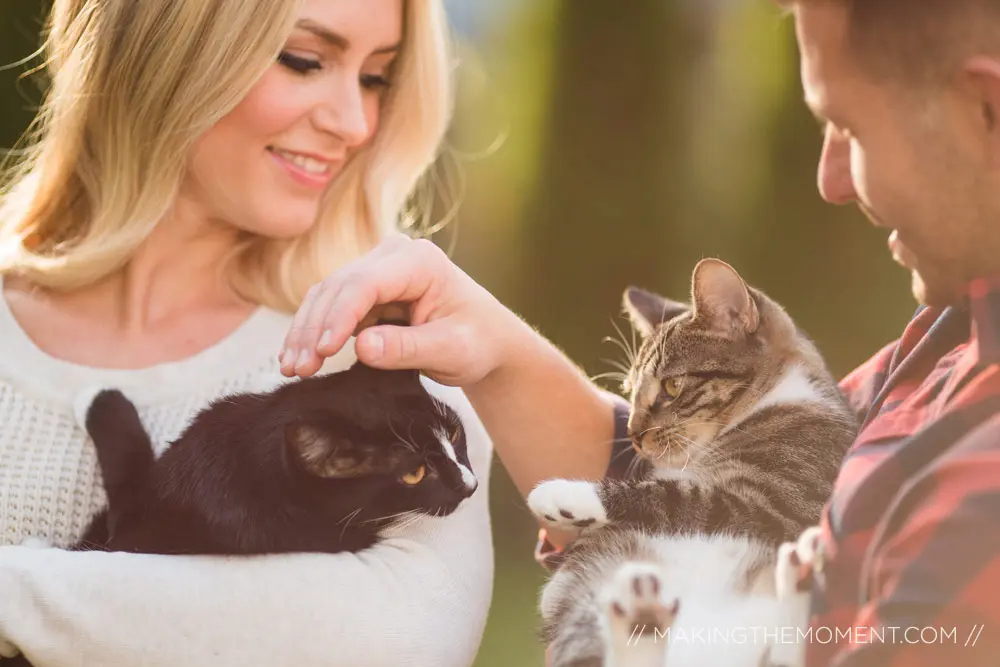
Absolutely. Cats are incredibly perceptive creatures.
They observe and respond to different people in unique ways based on a variety of factors, so a cat may have a favorite human.
My experience, backed by evidence from animal behaviorists, shows that this variance in behavior isn’t random.
Cats are selective about their human companions, often showing preference or aversion that can seem quite personal.
A
Cats remember who feeds them, plays with them, or tends to their needs.
For instance, if I’m the one who regularly feeds my
This behavior demonstrates not just recognition but an association of positive experiences with a specific person.
Cats also pick up on humans’ emotional states and body language.
A person who is calm and approachable can be more appealing to a
Cats prefer a gentle approach and are more likely to bond with individuals who respect their space and autonomy.
Understanding this, I always recommend family members approach their
Cats have unique personalities, just like humans do.
Hence, a
Conversely, a reserved
In The End, Nobody Really Knows How Cats Perceive Humans
In this article, I’ve taken you on a journey into the minds of our felines, focusing on their thoughts.
We’ve seen how crucial it is to understand their perception of us as caregivers and the importance of emotional sensitivity.
Yet, even though our best efforts to decode their complex emotions and thoughts, nobody really knows how cats perceive us and what they think about us.
But, what’s clear is the undeniable bond we share with our cats.
By respecting their space, being attuned to their needs, and providing a nurturing environment, we’re not just their caregivers but also their trusted companions.
It’s a beautiful, albeit enigmatic, relationship—one that continues to fascinate and inspire
So, feline owners, keep learning, observing, and loving your cats, always striving to understand them a little better each day.
